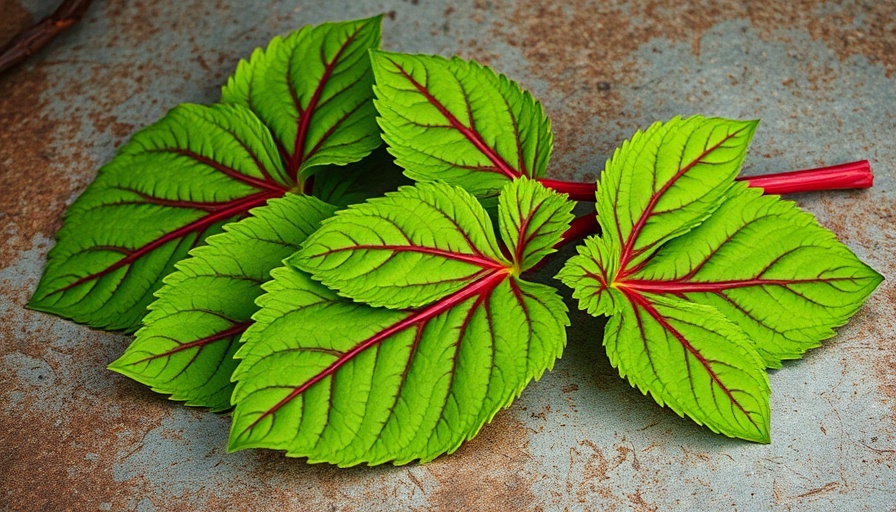
Unlocking the Power of Echinacea: Nature's Immune Booster
Echinacea, often referred to as the purple coneflower, is not just a pretty face in your garden but a potent ally against common illnesses. This herb has carved its niche in home remedies, especially during the cold and flu season, providing a natural boost to the immune system. For generations, echinacea has been a staple in traditional medicine, often used by Native Americans to treat various ailments. Its journey from indigenous medicinal use to modern-day popularity showcases its enduring efficacy.
The Historic Roots of Echinacea
The name 'echinacea' originates from the Greek word 'echinos', meaning hedgehog, alluding to the prickly shape of its flower. Native American tribes harvested echinacea for centuries, primarily for its remarkable healing properties. Among its many uses, it was thought to combat cold symptoms effectively and enhance the body’s natural defenses. By the late 1800s, this herb had gained prominence in the United States, celebrated by herbalists and the medical community alike for its beneficial attributes.
Why Echinacea? Understanding Its Benefits
The diverse benefits of echinacea can be attributed to its rich composition. The herb is recognized primarily for its anti-inflammatory and antioxidant properties. Regular consumption can aid in reducing the length and severity of colds and flu symptoms, making it a vital addition to your herbal toolkit. Whether consumed through teas, tinctures, or capsules, echinacea is easy to incorporate into your daily routine. Plus, it can also be used in salves to relieve minor skin irritations.
Growing Echinacea: Tips for Your Garden
For those looking to harness the benefits of echinacea directly from their backyard, cultivating this hardy perennial is a rewarding endeavor. Here are some tips for successful echinacea gardening:
- Planting Location: Echinacea thrives in well-drained soils and prefers full sunlight for optimal growth.
- Spacing: Ensure adequate spacing between each plant as echinacea can spread out as they grow.
- Watering: This resilient plant can withstand drought conditions, making it relatively low-maintenance in terms of watering.
- Harvesting: Echinacea can be harvested once the flowers bloom, which is ideally done in the summer months. You can snip the blooms to dry them and create your own herbal remedies.
Beyond Medicinal Uses: Echinacea in Your Landscape
Not only is echinacea beneficial for health, but it also adds aesthetic beauty to your garden. With its striking petals and spiky center, it can be a stunning focal point. Incorporating echinacea into your landscaping creates a vibrant atmosphere while supporting biodiversity by attracting pollinators like bees and butterflies. Additionally, it can be paired with other perennials to enhance both beauty and ecological value.
Harvesting Sustainably: A Balanced Approach
Sustainability is essential when harvesting echinacea. To ensure that this valuable plant can continue thriving, it’s important to practice responsible harvesting techniques. Limit the amount taken from each plant and be mindful of its overall health. Consider growing your own echinacea to reduce demand on wild populations and promote continuous growth in your space.
Conclusion: Embrace Echinacea This Season
In summary, echinacea serves not only as a powerful remedy but also enriches your garden space. Its historical significance and myriad health benefits make it a must-have plant for any garden enthusiast looking to boost their immunity holistically. By incorporating echinacea into your daily life and growing practices, you embrace a natural approach to wellness while enhancing the beauty of your environment.
Join the movement towards organic gardening and explore the myriad of ways echinacea can benefit you and your garden. Consider experimenting with layout designs, companion plantings, or creating raised beds to maximize the potential of your herbal garden!
 Add Row
Add Row  Add
Add 




Write A Comment